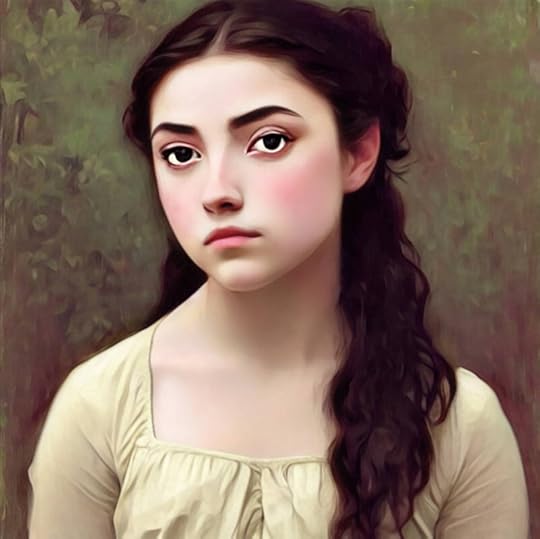What do you think?
Rate this book


164 pages, Paperback
First published January 1, 1160
Bisclavret ad nun en bretan,
Garwaf l'apelent li Norman.
‘Bisclavret’ is the Breton name,
The Normans call it ‘werewolf’.
Garvalf, ceo est beste salvage;
Tant cum il est en cele rage,
Hummes devure, grant mal fait,
Es granz forest converse e vait...
The werewolf is a savage beast;
When that rage comes over him,
He devours men, does great evil,
Roaming and prowling through the mighty forests....
"After a while he returned, taking two barons with him. All three entered the room. They found the knight sleeping on the king's own bed. The king ran forward to embrace him, and kissed him many times. It was not long before he restored his land to him; he gave him more than I can tell and banished the woman from the country, exiling her from the region."
— Bisclavret
━━━━━━━━━━━ ♡ ━━━━━━━━━━━
━━━━━━━━━━━ ♡ ━━━━━━━━━━━
Anyone who intends to present a new story must approach the problem in a new way and speak so persuasively that the tale brings pleasure to people.Marie de France heard, internalized, and recorded her own poetic narrative versions of stories of Breton minstrels. Being a member of the English court, Marie de France wrote the French of that court, a language transitioning into what we know as Norman French.

It would be less dangerous for a man to court every lady in an entire land than for a lady to remove a single besotted lover from her skirts, for he will immediately attempt to strike back.